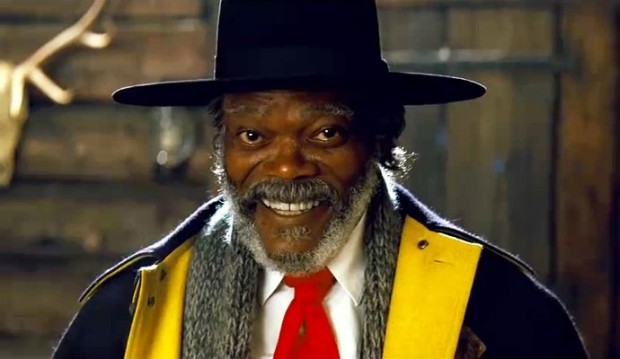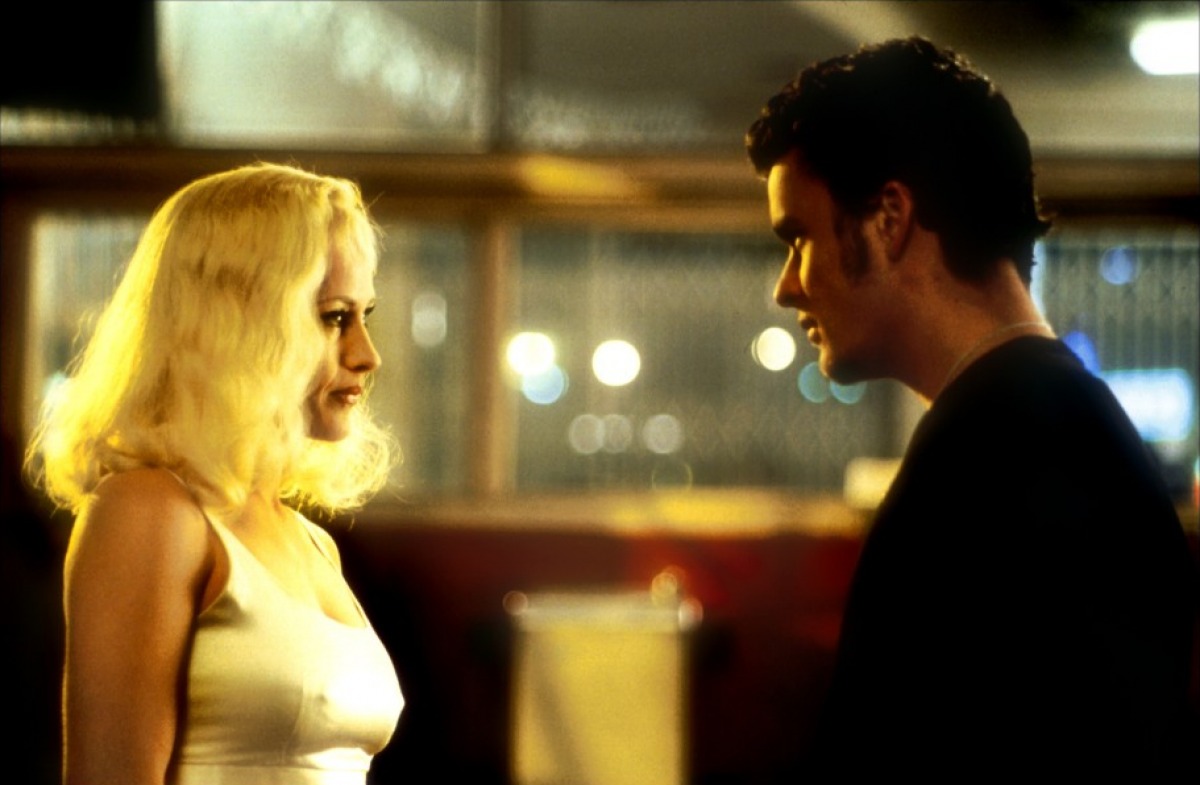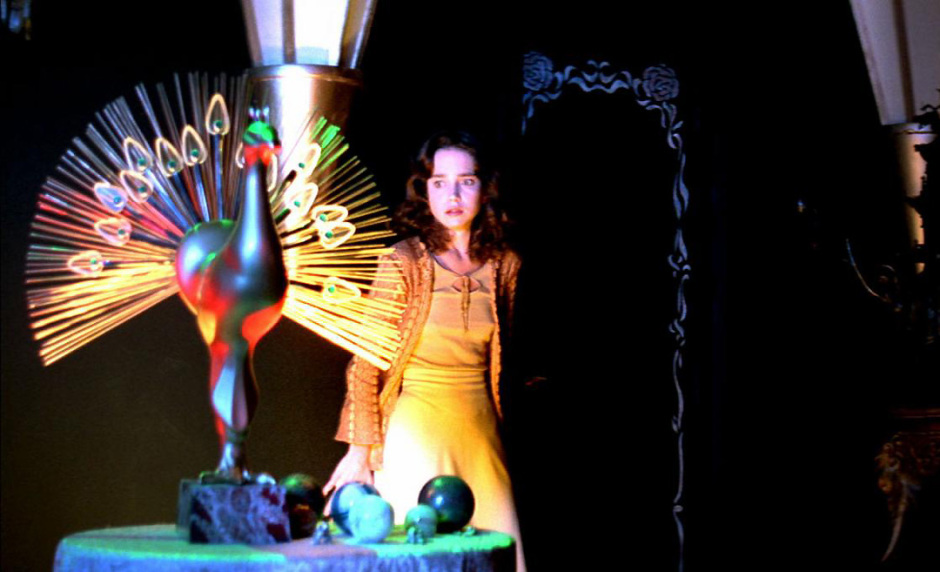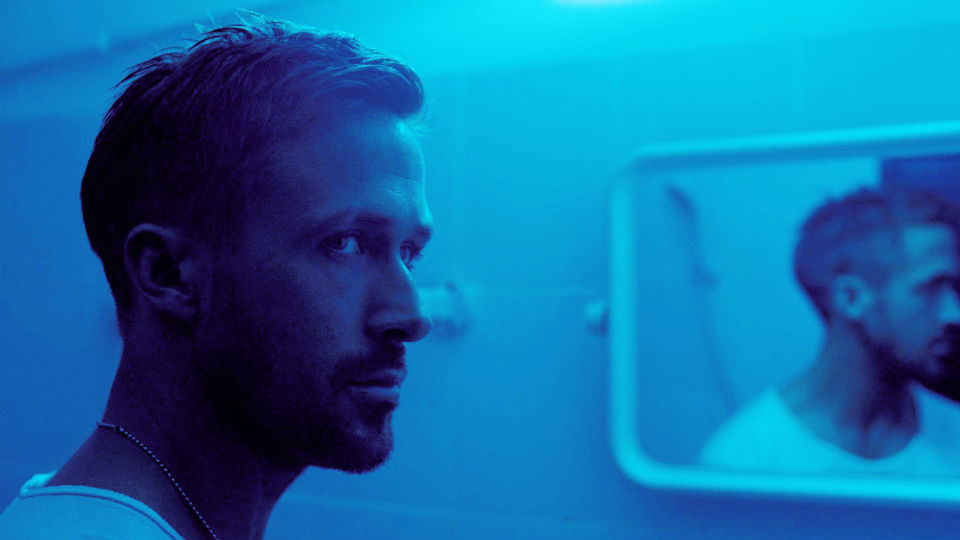5. The Neon Demon (2016)

Once again director Nicolas Winding Refn proves that any project helmed by him is bound to be a visual stunner irrespective of its inconsistencies. The Neon Demon is no exception to this which follows the story of an aspiring young model named Jesse whose aesthetic beauty becomes the focal point of the rest of the characters of the film, be it her friends or the popular fashion designer.
With a promising first act, an engaging second act and vibes of surreal imagery particularly the glowing triangular mirror sequence when Jesse is closing the show, Refn effectively entrances the viewer. The last half an hour or so is where the film derails and feels completely out of context.
It starts when (SPOILER ALERT) Jesse is murdered and shockingly devoured by the other three models who are vehemently against the favoritism that the model industry showcases towards Jesse.
The following scene is extremely graphic showing the models bathing in blood coupled with their unnecessary sexualization. Even the climactic scene features stomach churning imagery that diminishes the viewer’s involvement which was well established in the first two acts.
4. The Hateful Eight (2015)

With the most part of the film set in one secluded location wherein all of the eight characters are suspected of double crossing each other, Tarantino manages to sow a seed of doubt regarding every individual’s motive right from the start and by doing so easily captures the attention of the audience.
Each and every character is somewhat despicable, be it John ‘The Hangman’ Ruth who treats his prisoner harshly or the new sheriff of Red Rock, Chris Mannix for his extremely irksome nature. But it’s with Major Marquis Warren’s character that Tarantino unabashedly crosses the line. The grotesque detail in which the Major describes how he tortured General Sandy Smithers’ son just to provoke the General seems like a source of enjoyment for Tarantino.
After this we get to see the exaggerated violence unfold on the screen such as the shootout sequences and the spitting blood scene wherein two characters unknowingly consume coffee mixed with poison. The aforementioned violent scenes feel all the more repulsive even though this trait is common in all of Tarantino’s films.
As soon as it is revealed who is after Domergue, the prisoner travelling with John Ruth, the suspense quickly diminishes and audience has no one to hold onto except for two characters namely the Major and Mannix, both of whom are highly unlikeable. The fact that Tarantino is fascinated by the Major’s character does not resonate with the audience due to the questionable things he claims to have done.
3. Lost Highway (1997)

Dream-like imagery has long been synonymous with the films of David Lynch. So much so that his particular style of filmmaking has given birth to the term ‘Lynchian’. This brilliance is evident in his masterpiece Mulholland Drive, as mentioned in the introduction. However, on the other end of this spectrum lies Lost Highway, an inferior version of Mulholland Drive.
Lynch’s style entices its viewers and equally baffles them. However, when over-used it comes off as pretentious as observed in Lost Highway. Lynch’s obsession with sex results in a convoluted second half wherein the film shifts gears from a well-established psychological thriller to a bloated erotic drama.
Here scene after scene the main character Fred’s alter ego and Alice indulge in intense sexual acts which add nothing to the plot or leaves room for character development. This culminates into a series of surreal sexual imagery in the climax which hardly adds up and is difficult to comprehend. This lack of clarity can be attributed to the disjointed narrative in the second half.
2. Suspiria (1977)

Undoubtedly the most beautiful looking horror film to ever put onto celluloid. Just like Refn’s Only God Forgives the array of vivid colours displayed onto the screen coupled with some exquisite production design become the most impressive parts of the film. The spine-chilling soundtrack perfectly enhances the mysterious as well as unnerving tone of the film.
But it is these aspects that dominate the entire narrative to the point where we are presented with one dimensional characters especially the witches and a predictable plot. The character of the witches feels like a rehash of the general depiction of witches in previous films.
In the story a group of witches pose as dance teachers with a mysterious principal actually masquerading as an extremely old and legendary head-witch. Together they terrorize the students by secretly carrying out their brutal murders. They are formidable for sure but their motivation for the killings is absent except for the reason that they are evil. Additionally, the other characters are equivalent to cardboard cut-outs and hence it is difficult to relate to any of them.
An example wherein one of Suzy’s friend is being stalked as she is traversing the hallways and rooms of the school. The presence of an ominous entity and the surreal lighting throughout the entire scene creates a foreboding atmosphere with the tension building up with each passing second.
When she finally reaches her demise by falling in a mesh of sharp metal wires the audience does squirm at the brutality of the death. Consequently, the death of the protagonist’s friend should have evoked some kind of emotional response which is unfortunately absent.
1. Only God Forgives (2013)

A vibrant color palette characterized by gorgeous neon lighting is what this film will be remembered for years to come. Both cinematographer Larry Smith and director Nicholas Winding Refn have worked meticulously on every single frame to painstakingly create a visual treat for the eyes.
Unfortunately, that is about the only positive aspect of the film as Refn’s vision gets muddled among the visuals. The characters are etched in such a way that the screenplay continually compels them to commit heinous acts of violence. The said brutality prevalent in the film might work for a film dealing with a disturbing topic like Schindler’s List for it aims to create a sense of unease in the audience.
However, Refn’s prime focus on the extreme violence seems to have no purpose other than to depict the criminal underbelly of Bangkok. This could have easily been portrayed in a less graphic manner and time and again it feels like Refn deliberately tries to bombard the viewer with unnecessary gore.
Author Bio: Vashist Thakwani is currently pursuing Computer Science Engineering in college. Whenever he gets his leisure time, which he always does, he loves to watch films and dissect each and every aspect of it. He believes in cinema as a kind of therapy and is completely fascinated by the process of filmmaking. Anyone unclear about any David Lynch film can contact him anytime,day or night, for a satisfactory explanation.